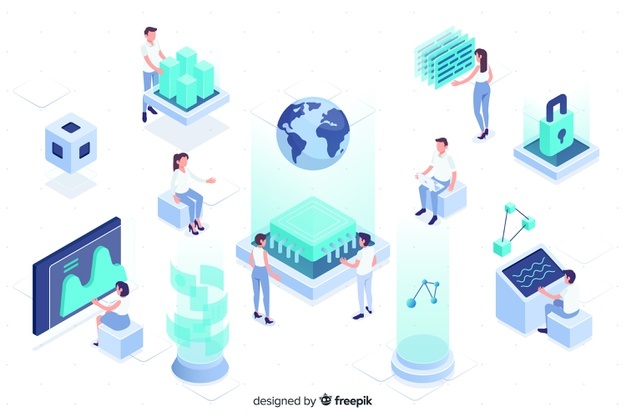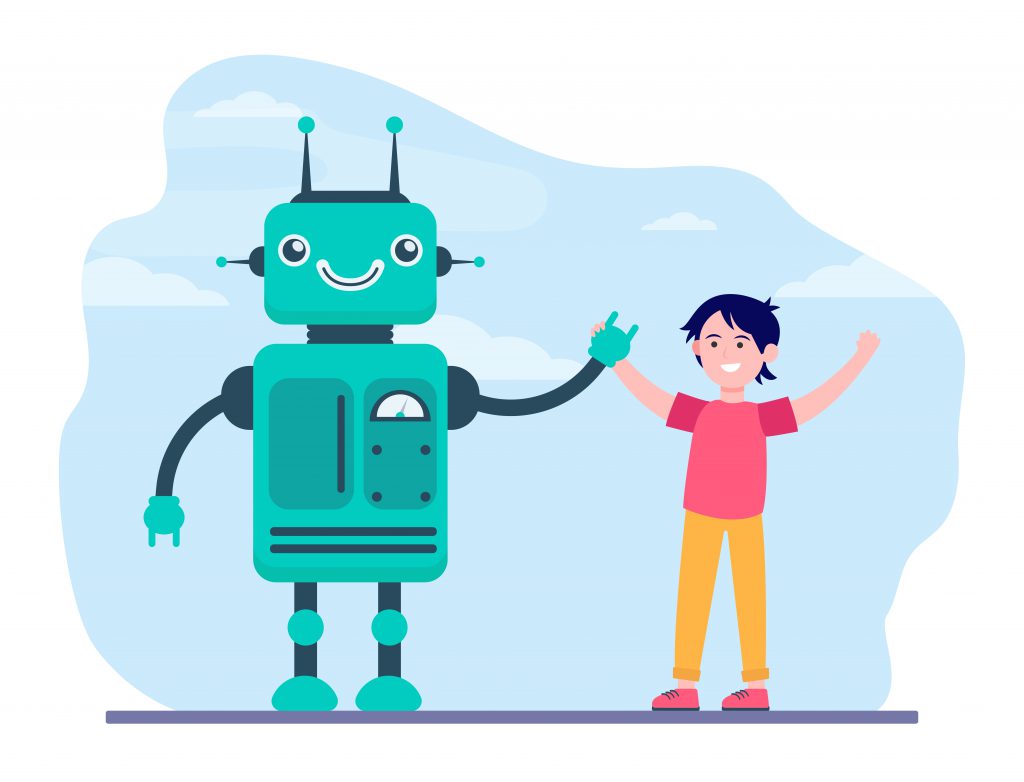RPA (Robotic Process Automation) is seen by many proponents as a game-changing technology. This early 2000s technology has puzzled many: “Is this a new development or just an extension of the previous predecessors?”
History of process automation
Since the advent of the Information Age, multiple waves of process automation have gone through such as the Computerized Automation (happened between the 70s and 90s), the Business Process Management (BPM) in the 90s, and RPA in the 2000s. To be able to appreciate the current state of RPA, we will need to understand what came before it, beginning primarily with improvements after the 1990s.
BPM is simply a combination of multiple methods so that the business processes can work more efficiently. In the 90s, many tech companies including IBM and Oracle introduced different automation technologies in order to optimize the business process, which was later called business process automation. After that, the digital transformation movement has prompted the development of RPA.

Who are the key predecessors of RPA technology?
Dated back to the early 2000s, RPA was a growing technology. However, it depended on artificial intelligence, screen scraping, and workflow automation. Despite the distinction of its forefathers, RPA has since elevated to a higher level and advanced their capabilities in certain manners.
Screen Scraping software was the first technology that created a bridge between newer systems and incompatible legacy systems. Recently, it has been used to extract data from the web on the presentation layer. Despite the advantages of using screen scraping in comparison to manual labor, this technology is limited by its compatibility with existing systems. Therefore, several firms have sought more adaptable and versatile technologies.

The term “Workflow Automation and Management Tools” was first introduced in 1920 and later became more popular in the 1990s. Thanks to the ability in processing based on certain fields of interest, this kind of software remove the need for manual data entry as well as increases speed, efficiency and accuracy for the business.
Artificial Intelligence (AI) in general refers to the capability of computer systems to perform tasks that would normally require human intervention and intellect. While AI is great in terms of precision and the replacement of manual labor, it can be quite expensive for the business.
RPA started as a combination of several technologies dealing with business problems. Nowadays, with the arrival of AI, RPA is developed with integrated cognitive ability. As a result, many RPA providers have created different software to enhance their digital force and bot offerings.
Sources:
- The Remarkable History of Robotic Process Automation (RPA)
- History of RPA (Robotic Process Automation)
- The Evolution of Robotic Process Automation (RPA): Past, Present, and Future
akaBot (FPT) is the operation optimization solution for enterprises based on RPA (Robotic Process Automation) platform combined with Process Mining, OCR, Intelligent Document Processing, Machine Learning, Conversational AI, etc. Serving clients in 20+ countries, across 08 domains such as Banking & Finances, Retails, IT Services, Manufacturing, Logistics…, akaBot is featured by Gartner Peer Insights, G2, and ranked as Top 6 Global RPA Platform by Software Reviews. akaBot also won the prestigious Stevie Award, The Asian Banker Award 2021, etc.
Leave us a message for free consultation!

